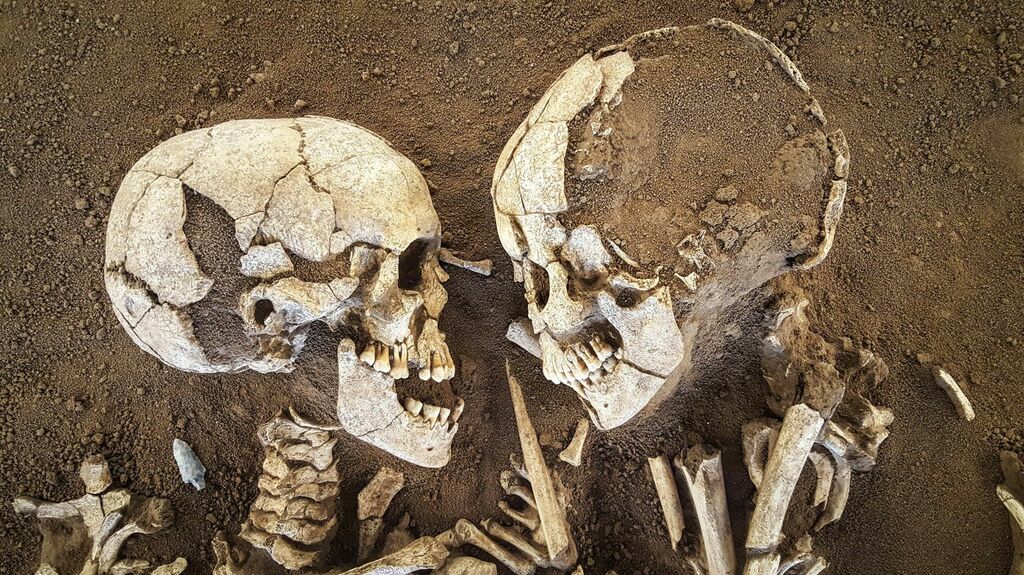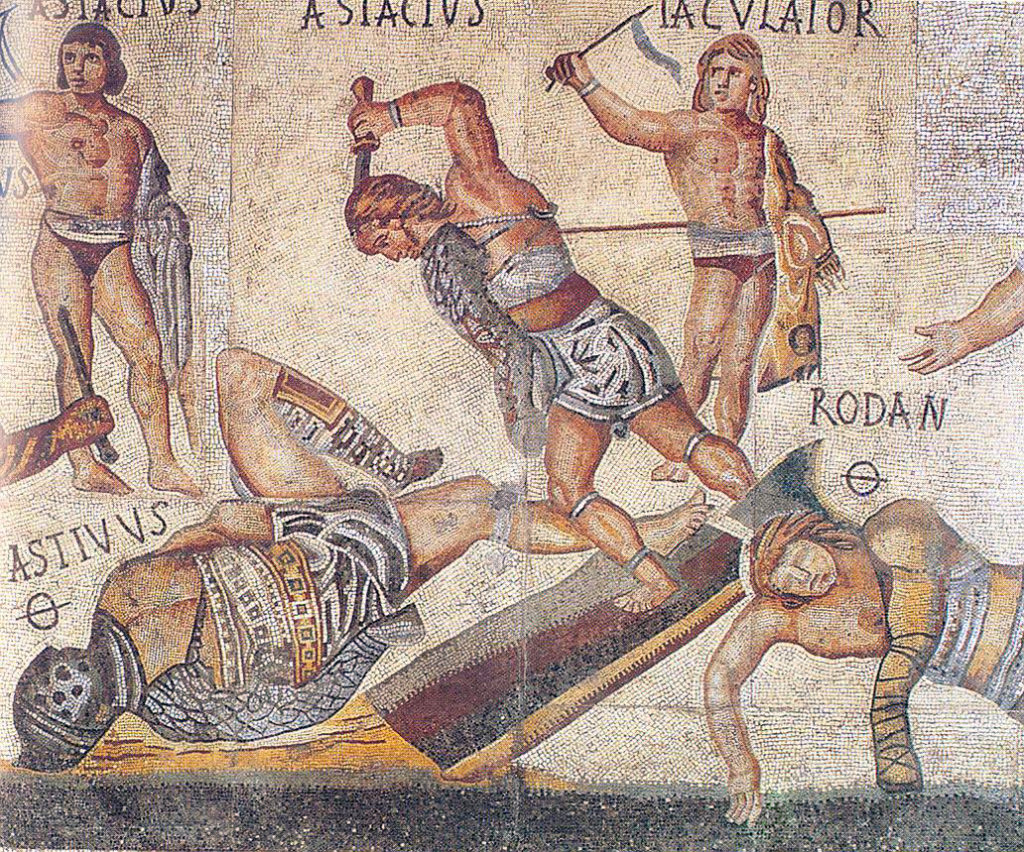Last updated on May 1st, 2024 at 04:59 pm
Beauty is said to be in the eye of the beholder, and while Xin Zhui was certainly a beautiful woman during her life, most wouldn’t consider her to be so 2,100 years later.
But for a certain group of scientists and researchers, the mummy of Xin Zhui would be one of the more incredible, if not beautiful things, that have ever been discovered from the Han Dynasty.
A noblewoman in life, Xin Zhui died young, at around 50 years of age, but she had a second life that would rival her luxurious first one in terms of importance.

Her mummy was so lifelike that it shocked discoverers. With soft skin, raven hair, and blood still in her veins, Xin Zhui is one of the most well-preserved mummies ever discovered.
What was the life of a noblewoman like Xin Zhui like, and how exactly was her mummy so perfectly preserved?
Xin Zhui: Lady of the Han Dynasty
In life, Xin Zhui was a woman of privilege. As the wife of the Marquis of Dai, her lifestyle was luxurious and decadent. Although she died at the relatively young age of 50, her years were spent listening to private musicians and indulging in the richest of foods available for Chinese nobles of the time.
Even if it was the normal sort of life someone of Xin’s status would live, being so pampered led Xin to have a rather sedentary lifestyle. The effects of such a lifestyle wouldn’t have been well understood back in the Han Dynasty, but now we know that it likely contributed to her demise.

After she was discovered, a detailed autopsy was performed on Xin Zhui, and because of how well she was preserved scientists were able to identify health issues such as coronary thrombosis, diabetes, and arteriosclerosis that were related to her lack of physical activity.
Other issues such as compressed spinal discs would have caused Xin to be in pain throughout her later years.
Amazingly, Xin Zhui was so intact that scientists were able to determine what her last meal had been. Fruit seeds, specifically melon seeds, were present in her stomach–138 of them to be exact. With there being so many seeds, it’s thought that she ate a large amount of melon very quickly only hours before her demise.
The Tomb of Xin Zhui
As influential as her mummy is, Xin Zhui was not found during an archaeological dig. Instead, workers were excavating the earth to create an air raid shelter when they first encountered not just her tomb, but the tomb of her husband and another young man who was thought to be her son or brother.
Immediately, the workers knew that they had something special on their hands, and turned the site over to archaeologists.
It was clear that excavating the tomb would be an incredibly large undertaking, so over 1,500 high school students were brought in to assist with the dig.
Inside the tomb were Xin Zhui’s coffins, but also over 1,400 artifacts that were nearly as well preserved as the mummy itself. These items included things like an entire wardrobe for Xin in the afterlife, and 162 carved wooden figures in the shape of humans–her servants in the next world.
Xin Zhui’s tomb contained her coffin–except, one coffin wasn’t enough for a lady of such high standing. Instead, Xin was buried in four coffins of decreasing size, all with unique paint jobs and themes.
Coffin 1- The first coffin was painted a solid black on the outside, representing the color of the underworld. On the inside of this first coffin, there were paintings on the themes of protection, reincarnation, and immortality. These images were meant for the deceased, hence their placement on the inside.
Coffin 2- The second coffin was also black, but this one was decorated with motifs of the sky and clouds, animals, and deities of protection. The figure of a tiny person, representing the deceased Xin Zhui, rises from the top center on the head of the coffin, symbolizing her entrance into the new universe.
Coffin 3- Painted a brilliant red, the third coffin is the first that is not black. Red represents immortality, and winged creatures decorate the background. These immortal winged animals flank the three-peaked Mount Kunlun.
Coffin 4- A painted silk banner was placed on the top of the fourth coffin. This banner was ornately decorated, showing the realms of heaven, earth, and the netherworld. The coffin itself was adorned with yellow and black feathers, representative of the wings Xin Zhui’s spirit would grow to ascend into the heavens.
Xin Zhui’s Mummy: Scientific Insights and Preservation Techniques
Inside of the four intricately decorated coffins, the body of Xin Zhui was found. The coffin was full of a mysterious liquid, and once Xin was revealed, her appearance left scientists stunned.
Whatever the mystery liquid was, it had preserved her in such a way that had never been seen before. Meanwhile, the other two bodies that had been buried alongside her had long since decayed.
Xin Zhui’s condition was nothing short of remarkable. Her pale skin was still soft, moist from the mystery liquid, and almost wholly intact.
The muscles in her body were also still intact, along with ligaments, and this allowed her joints to be moved and flexed. Even her vessels were still there, and small amounts of her blood, determined to be Type A, were able to be recovered.
Since Xin Zhui was a noblewoman, it’s expected that she was carefully washed before burial, which may have helped slow decomposition.
Even accounting for the washing, Xin was more well-preserved than any other mummy that had been found at the time. Experts were sure that there had to be more of an explanation behind her preservation.
Why was Xin Zhui So Well Preserved?
After an autopsy and careful examination of both the body and tomb, a few conclusions were made as to why Xin Xhui was so well preserved.
Mysterious liquid- The most obvious answer to the question of the fantastic shape Xin’s body was in was the mysterious liquid that filled the innermost coffin. This liquid was tested and found to be mildly acidic, which might have prevented bacterial growth. The problem arose when other scientists suggested that the liquid may have come from the body itself, and not been a preservative, taking the liquid out of the preservation equation.
Airtight coffins- Whether it was known at the time or not, the four coffins that Xin was buried in were nearly airtight. This kept her body sealed within, away from contaminants that might have caused something like mold growth or bacterial decay.
Burial chamber- Lastly, Xin Zhui’s burial chamber was surrounded by charcoal and white clay, two substances that are known for their filtration and purifying properties. Water was not able to seep through to the body.
After being removed from her airtight coffin and autopsied, the mummy of Xin Zhui began to degrade quickly. Whatever perfect circumstances had kept her in such immaculate shape were gone, and the decay she had avoided for centuries was setting in.
Scientists rushed to seal her once more in a glass display case to keep the degradation from continuing, and in 2003 a new “secret formula” was injected into her veins to keep her in pristine condition.
References
“At 2,100 Years Old, Lady Dai’s Mummy Is Still In Unbelievable Shape”
https://www.iflscience.com/at-2-100-years-old-lady-dai-s-mummy-is-still-in-unbelievable-shape-67188
“Xin Zhui And The Story Of The Stunningly Intact Lady Dai Mummy”

